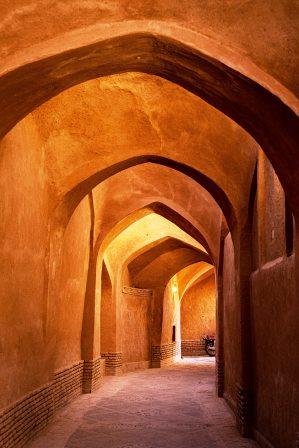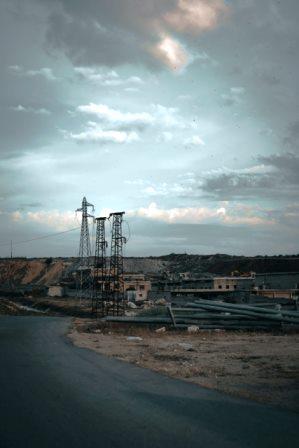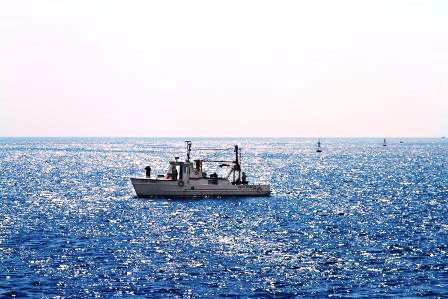Breaking
- MENU

In a first since facing an uprising and civil war, Syrian President Bashar al-Assad visited Tehran on February 25, 2019 and met Iranian Supreme Leader Ayatollah Ali Khamenei and President Hasan Rouhani. Qassem Soleimani, who commands the elite Quds Force of the Islamic Revolutionary Guard Corps (IRGC), also met the Syrian President. Assad has refrained from making state visits since the crisis began in Syria; except visiting Russia twice (2011 and 2018).
The visit signifies the strengthening of Iran-Syria strategic ties. Ayatollah Khamenei praised Assad for his tough stand against enemies and said “Through the toughness that you showed, you have been turned into a hero in the Arab world, and the resistance movement found more power and reputation by you.” For his part, Assad thanked Iran for its support and compared the Syrian crisis with Saddam Hussein’s eight-year war against Iran. He stated: “The Syrian war was like the imposed eight-year war against Iran.” Hossein Amir-Abdollahian, special adviser to the speaker of parliament on international affairs said that one of the goals of the visit was to mark the 40th year of Islamic revolution.
Assad’s Tehran visit stems from the growing confidence of the Syrian regime as its forces exterminate ISIS from most of Syria. The visit came at an appropriate moment as it took place after the conclusion of Warsaw conference and the Sochi summit that mulled inclusion of Iraq and Lebanon in the Astana peace process and the EU-Arab League meeting in Cairo where Assad was to be invited for the first time since Damascus was suspended from the Arab League in 2011. Eventually, However, Syria was not invited for the summit. The visit was followed by Israeli PM Benjamin Netanyahu’s visit to Russia for a discussion on Iran and Syria. Israel has been demanding removal of Iranian troops from Syria and was also targeting Iranian forces in Syria.
Iran and Syria signed eleven long-term strategic co-operation agreements during a meeting between Syrian Prime Minister Imad Khamis and First Vice-President Es’haq Jahangiri on January 28. Reiterating Iran’s intention to support reconstruction efforts in Syria, Jahangiri said: "We will be by Syria's side in the reconstruction phase as we have been by its side in fighting terrorism." The cooperation agreements include areas such as education, housing, public services, railways, and investment among others.
Though Assad’s visit has vital significance for the strong bond shared by the two countries, it created ripples in Iran’s domestic affairs. Iranian Foreign Minister Mohammad Javad Zarif resigned on February 25 reportedly over his exclusion from the official meetings with the Syrian President. However, President Rouhani refused to accept the resignation and Zarif resumed his duties. Iranian media speculated that one of the factors that led to his resignation was the lack of coordination between Iran’s Supreme Leader and the Ministry of Foreign Affairs. Apparently, Zarif was not informed of Assad’s visit and his seat was taken by IRGC Commander Qassem Soleimani which irked the leader.
When the Entekhab news agency made an attempt to contact Zarif, they received a message that "After the photos of today's meetings, Zarif no longer has any credibility in the world as the foreign minister!" A day later, about 160 parliamentarians signed a letter demanding reinstatement of Zarif and his resignation was rejected by the Supreme Leader. Soon after, on February 27, Assad sent an invite to Zarif to visit Syria which was duly accepted. In Iran, the Supreme Leader controls the policy dossiers for Iraq, Syria, Lebanon, Afghanistan, and Yemen. Even the key personnel including ambassadors to these countries are determined by Khamenei. Zarif’s resignation also underlined the domestic political fault line in Iran between Reformists and Principalists. Hardliners in Iran have long opposed Zarif’s stand on negotiations with the US and the West and have sharpened their attacks since the US withdrawal from the JCPOA in May 2018.
Assad’s visit underlines bolstering of Iran-Syria ties and the growing strategic alliance. Assad needs Iran to strengthen his position while Iran needs Syria to maintain its regional influence. The two countries need each other and Assad’s visit re-emphasizes their mutual dependence.
Note: This article was originally published in West Asia Watch: Trends and Analysis (IDSA, New Delhi) and has been reproduced with permission. Web Link
As part of its editorial policy, the MEI@ND standardizes spelling and date formats to make the text uniformly accessible and stylistically consistent. The views expressed here are those of the author and do not necessarily reflect the views/positions of the MEI@ND. Editor, MEI@ND: P R Kumaraswamy

Lakshmi Priya is a Research Analyst at the Manohar Parrikar Institute for Defence Studies and Analyses, New Delhi. She has a Ph.D. in West Asian Studies from Jawaharlal Nehru University and her doctoral thesis was on Status of Women in Syria under Hafiz al-Assad, 1970-2000 and she wrote her M. Phil dissertation on India’s Relations with Syria, 1991-2008. Her research interests include domestic and foreign policy of Syria, Indo-Gulf relations and gender and feminist discourse in the Middle East. Before joining MP-IDSA, she was a researcher with the Indian Social Institute, New Delhi, and has worked at the Office of the Cultural Attaché, Embassy of the Kingdom of Saudi Arabia, New Delhi. She has also worked as an editor for Delhi-based Arihant Publishers. Dr. Priya has a Masters in Arabic from the School of Languages in JNU and is fluent in English, Hindi and Arabic. In addition to West Asian studies, she has an interest in international relations and political theory. She has published research articles Social Action, Journal of South Asian and Middle Eastern Studies and Journal of West Asian Studies She regularly contributes articles and commentaries on contemporary developments in the Middle East.

POLITICAL Israel, UAE and Bahrain sign Abraham Accords WASHINGTON (16 September, 2020): Israel.....

Syria reported its first case of COVID-19 on March 23, 2020, while its first death was confirmed on .....

Jared Kushner, son-in-law and senior advisor of President Donald Trump, unveiled the economic peace .....

India joined the Jeddah Amendment to the Djibouti Code of Conduct as an observer state following a h.....
